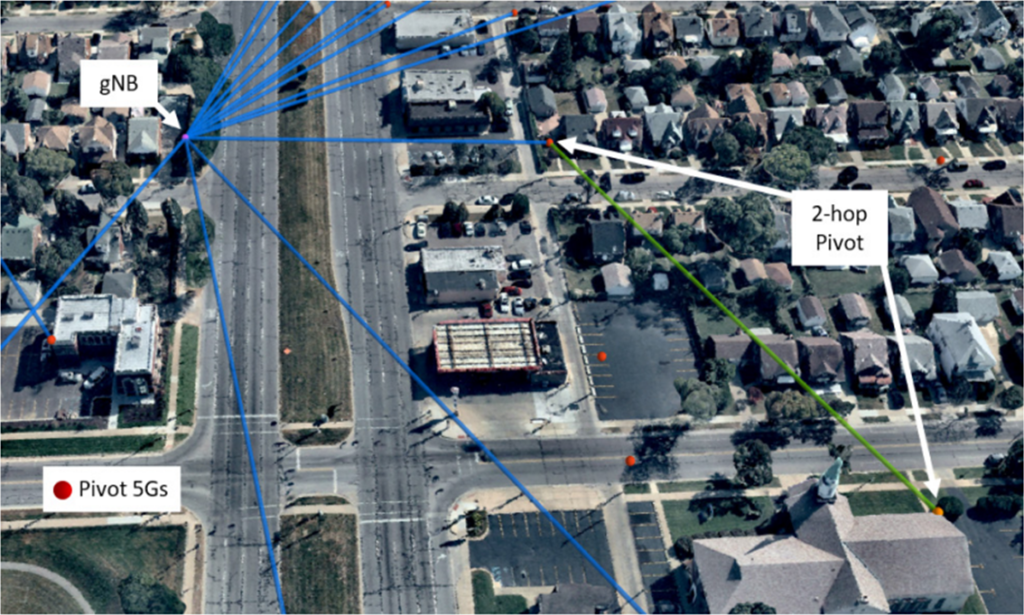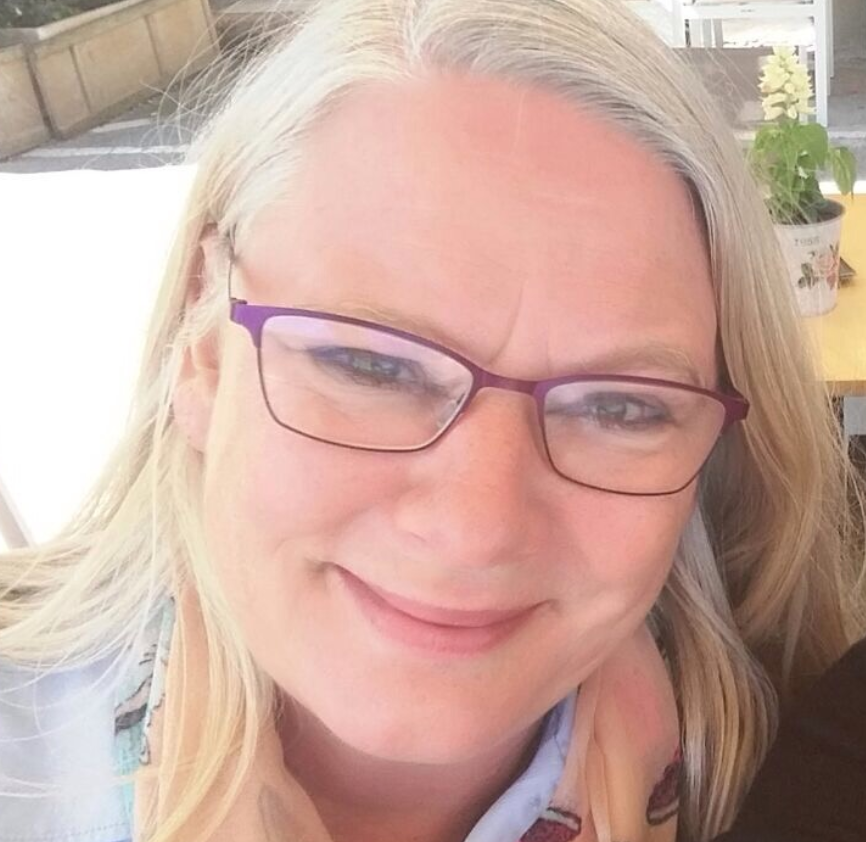Focus on three areas of maturity, security and power efficiency
Five major European telco groups have pledged to build their support for Open RAN communications on three major planks in the coming year. The telcos will adhere to three common disciplines that involve applying the standards defined by the O-RAN Alliance and 3GPP security specifications, adopting a universal zero trust approach and pledging to plug any security gaps reported by the O-RAN Alliance.
Meanwhile, a new whitepaper, Open RAN MoU Progress Update on Maturity, Security and Energy Efficiency, addresses questions and challenges raised by experts and decision makers within the industry. As global deployments numbered in tens of thousands Open RAN is matching traditional mobile radio networks for features and performance, claims a Vodafone release. Further pilots are planned this year and full-scale deployments will materialise across Europe in 2025.
Addressing standards
“Standards should address the challenges raised by Open RAN. With this White Paper we intend to help relevant industry communities to move closer together, avoiding fragmentations, in order to unlock the full O-RAN potential with great benefits for the customers,” said Elisabetta Romano, Chief Network, Operations & Wholesale Officer of TIM (pictured).
The report says the key areas of focus for the operators in 2023 will include assisting with wider use in highly populated towns and cities, strengthening cooperation with national authorities on security, including the European Union Agency for Cybersecurity (ENISA), and improving energy efficiency in all components, particularly radio transmitters and cloud infrastructure.
This is the latest in a series of reports available to all vendors, operators and stakeholders of the new Open RAN ecosystem from Deutsche Telekom, Orange, Telefónica, TIM and Vodafone. Under a Memorandum of Understanding (MoU) signed in early 2021, the operators individually committed to working with all industry players to make Open RAN the technology of choice for future mobile networks, and bring its substantial benefits to consumer and enterprise customers across Europe.
Three main aspects
Today’s report sets out the operators’ agenda for 2023 under the three main topics of maturity, security, and energy efficiency. In summary they are:
A key focus in 2023 will be around maturity of 5G for urban areas and minimising system integration overheads by maturing certification delivered through industry communities.
Advances in security are to be discussed at Mobile World Congress in Barcelona, MWC23, after the telcos requested to formally include Open RAN as part of the GSMA security assurance scheme (NESAS) and the EU’s 5G certification scheme defined by ENISA.
Reports such as the EU NIS Co-operation Group’s assessment of Open RAN security, published in June 2022, have helped to develop strong security controls for specification, development, procurement, system integration, testing and operations.
Meanwhile the availability of energy efficient hardware combined with ‘sleep modes’ is helping Open RAN at least match the energy efficiency of existing mobile sites. Open RAN MoU operators are collaborating with the industry to increase the energy efficiency of all the Open RAN components, with particular focus on radio transmitters and cloud infrastructure.
As ever, the network’s transmitter (in this case the Open RAN radio units) consume the most power. Currently, their energy efficiency already falls within the typical range seen with traditional RAN, and will further improve thanks to dynamic sleep mode based on actual traffic needs, said Vodafone.
Better energy efficiency
The energy efficiency of cloud infrastructure is improving, thanks to advances in CPU and accelerator (special silicon chip) technologies, as well as cooling systems for servers. In addition, the operators are proposing a general framework for energy monitoring of all appropriate parts of the Open RAN system, including real-time reporting, tools and methodologies to achieve greater automation.
The aim is to present the resulting framework for standardisation in ETSI for a harmonised methodology to be used across the whole industry.
“Any major proposed change to a vendor ecosystem that has been in place for decades will understandably raise questions,” Alberto Ripepi, Chief Network Officer (CNO) of Vodafone, “By publishing this report, we aim to allay any fears about Open RAN’s suitability as the technology of choice to foster greater vendor diversity and take Europe forward in the digital era.”
Open RAN MoU
Under the Open RAN MoU, the companies are preparing technical guidelines as inputs to industry bodies to help new and existing vendors develop software and hardware that is interoperable. The purpose is to foster a competitive Open RAN ecosystem, promoting openness and flexibility.
The Open RAN MoU group of signatories also agreed to further advance various aspects of the Open RAN ecosystem through a set of actions. These include: the participation in Open Ran-focused R&D projects; the support for edge computing initiatives in Europe; attention to compliance with evolving European security initiatives; and greater interworking between industry communities, such as TIP and the O-RAN Alliance, and standardisation bodies like 3GPP.

















